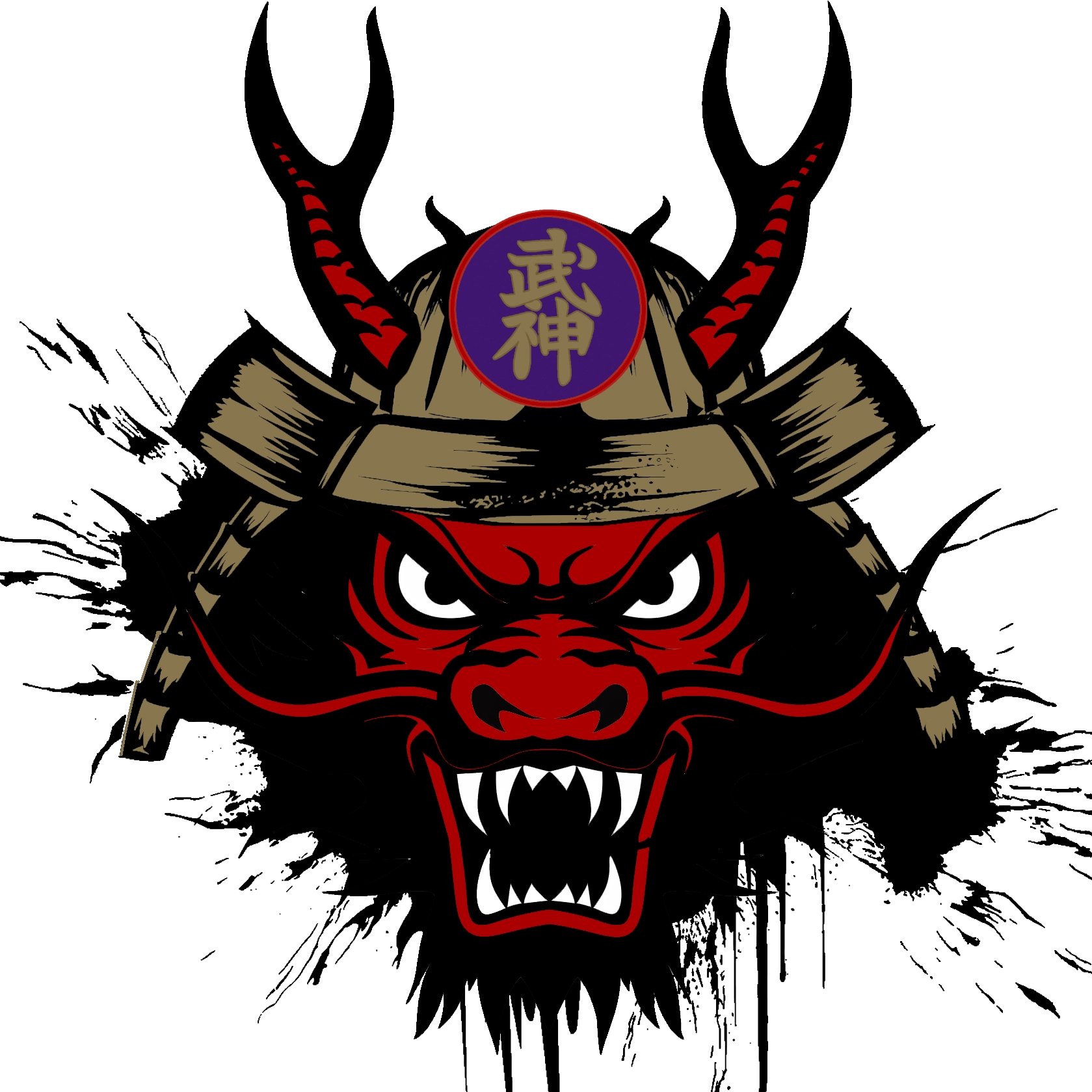 One of the shihan who have been training with Soke for 47 years! Said that in the beginning when they trained in the basics they to did very deep kamae. But the feet was just shoulder width apart not so wide apart as most westerners do when they go deep in their kamae.
One of the shihan who have been training with Soke for 47 years! Said that in the beginning when they trained in the basics they to did very deep kamae. But the feet was just shoulder width apart not so wide apart as most westerners do when they go deep in their kamae.
He said that they did this for some 20 years, then the next phase in training came when the theme changed to much wider stances. And this was around the same time the first westerners came to train in japan in the late 70’s and early 80’s.
足運び ASHIHAKOBI is the name of the technique the Sumo wrestlers use when they walk with the center of gravity as low as possible. With the feet’s too wide apart it would be very difficult to move quickly. And with the center of gravity too high they would be easily pushed out of the ring. Maybe now you get the idea better.
Please don’t misunderstand me, keeping the feet wide apart makes it more difficult and useful in training, which I strongly believe is good for training drills. I think it is better to make the training drills more difficult and more demanding. But in practical use you should not keep the feet too far from each other because it will slow down your movement too much. It is very important to know what is a practice drill and what you would do in reality!
Here is two video clips of Sumo matches, one is very bad use of ashihakobi, and one is good. The first one is the bad example, with these not so good “sumo wrestlers“. Compare the center of gravity of the previous ones with these two and you clearly see the difference. It is also a quite funny Sumo wrestling clip.
The first kanji 足 means foot or leg. The second kanji 運 means `carry’, `luck’, `destiny’, `fate’, `lot’, `transport’, `progress’, `advance’.
